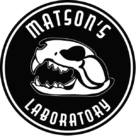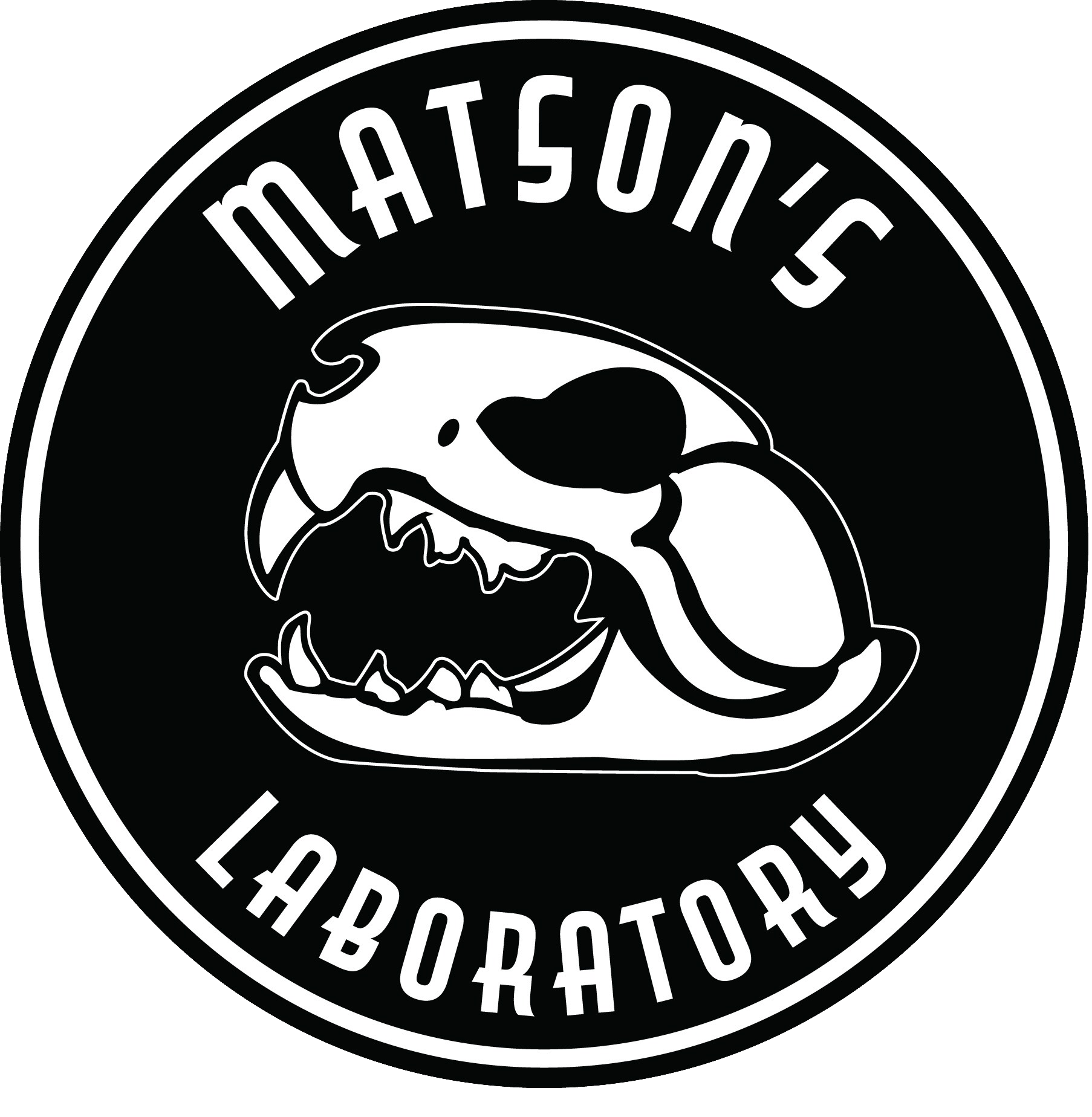Cementum Age
Analysis
Matson’s Lab is the leading expert in cementum annuli deer aging. We use Cementum Age Analysis to age your deer and other game, which is scientifically proven to be the most accurate method for aging teeth.
What Is Cementum?
Cementum is a specialized connective tissue that surrounds the root of each tooth. It is composed primarily of collagen fibers derived from cells called cementoblasts. This unique structure of both organic and inorganic material is built up over time as animals age.
Throughout the life of a mammal, cementum is continuously deposited over the root of the tooth forming layers which appear as rings, similar to those found in tree trunks. Cementum rings tend to coincide with seasons, appearing dark and thin during winter, when resources are scarce, and light and thick during spring and summer, when resources are more abundant. This results in a microscopically visible ring (or ‘annuli’) pattern that is used by our experts to determine ages. The annular pattern of cementum is what makes cementum annuli deer aging possible.
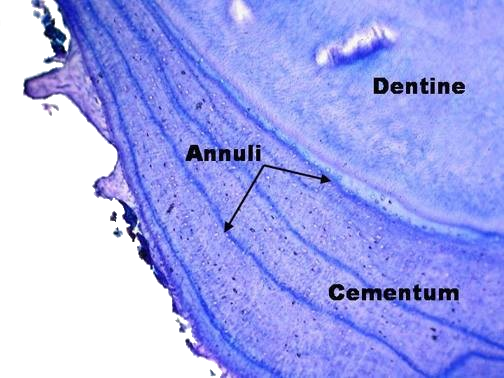
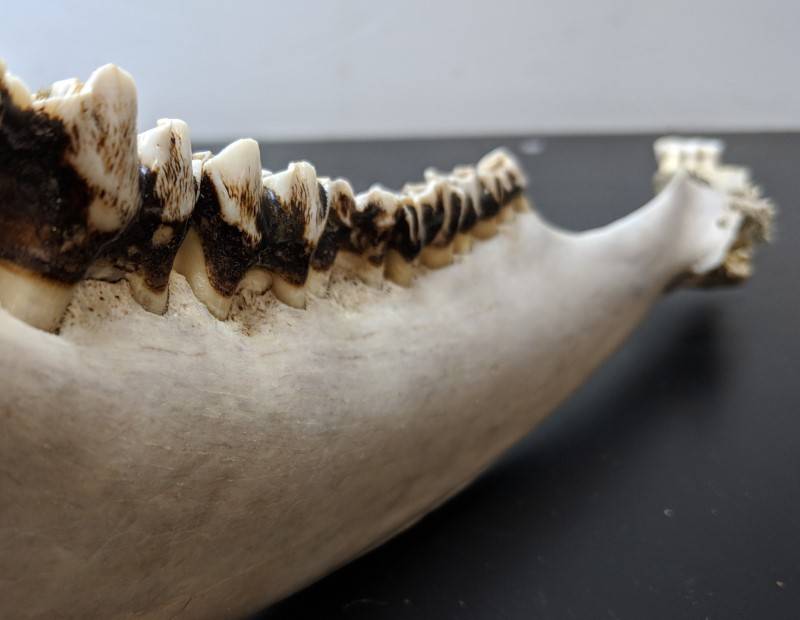
What Is Cementum For?
Cementum serves an important purpose for both the animals and the individuals that study them. In animals, cementum interacts with connective tissues in the gums to anchor teeth in the mouth and aids in repairing damaged teeth. On the other hand, cementum enables Matson’s Laboratory to accurately age animals and obtain important wildlife population age data for researchers and biologists. These researchers and biologists use the age data to make informed decisions in order to best manage and conserve wildlife populations throughout the world.
Cementum was first discovered microscopically in 1835
The process of creating cementum is called cementogenesis
Cementum is softer than enamel and dentin
How It Works
Preparing The Samples
When teeth samples arrive at the lab, highly trained technicians prepare them for analysis. Samples are first cleaned, decalcified, and embedded in a paraffin wax. A microtome is then used to slice very thin sections of each tooth which are mounted onto glass slides and stained purple to make cementum annuli easily visible under a microscope. The final step is to cover the prepared slides with a protective film and give them to the aging experts for cementum annuli deer aging analysis.

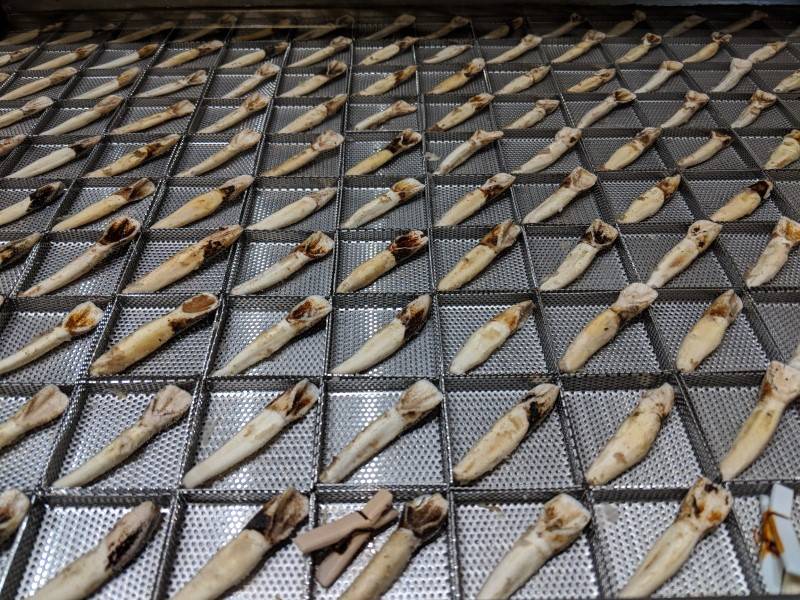
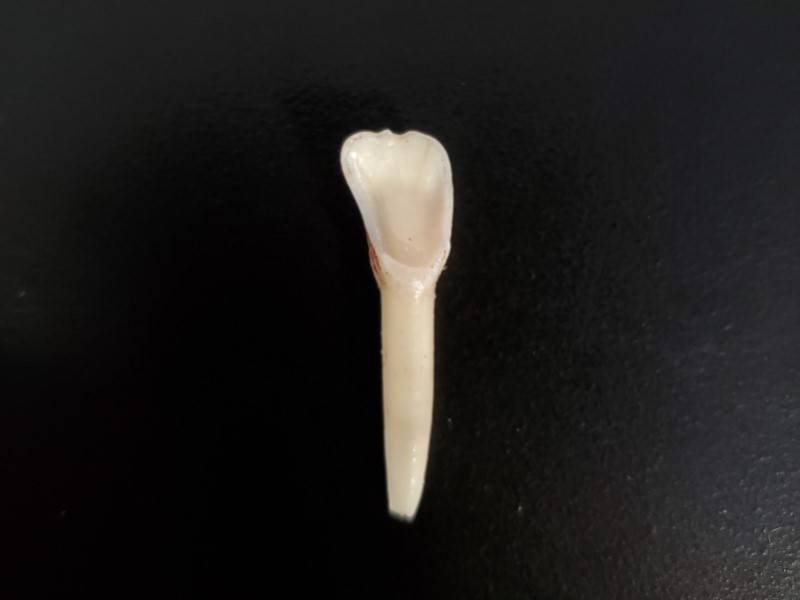
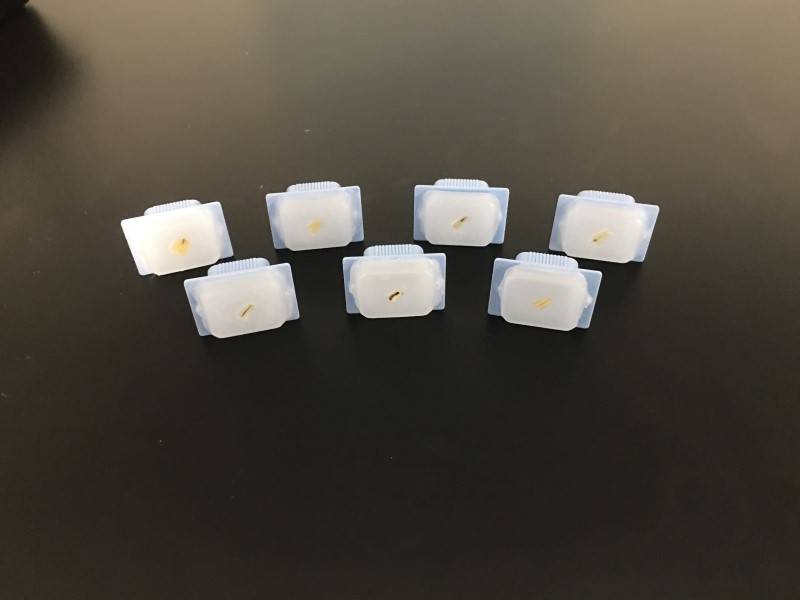

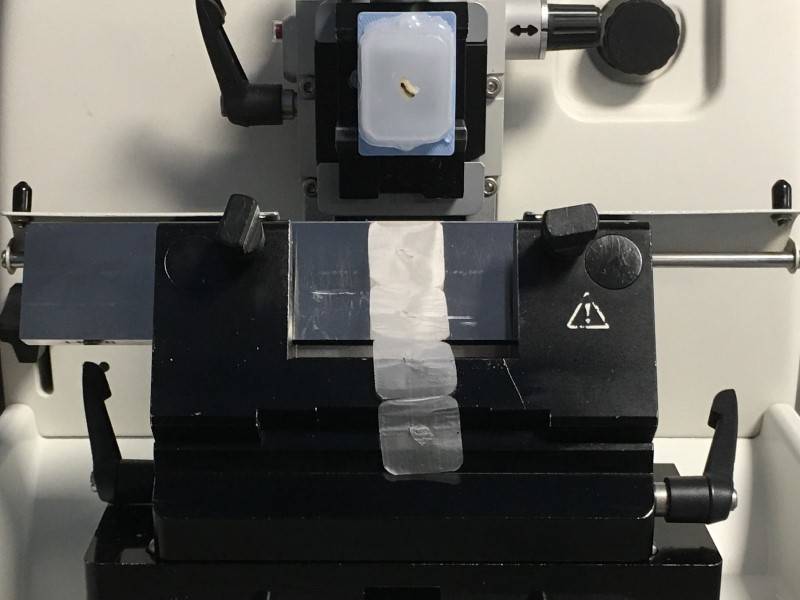
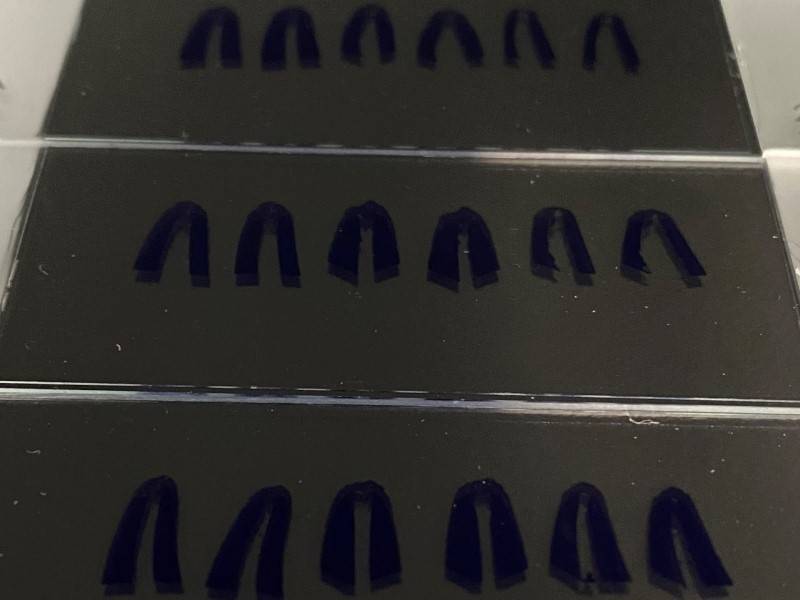
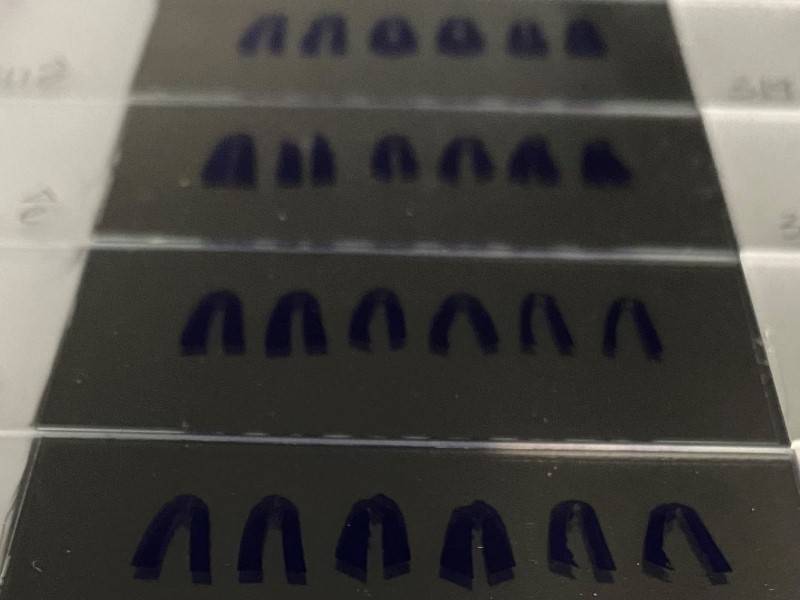
Analyzing The Teeth
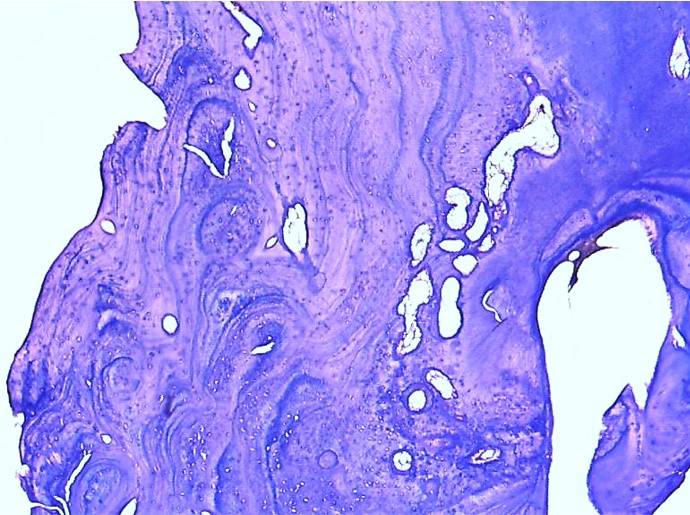
Curious To Know The Age Of Your Deer Or Other Game?
We would love to age them for you!
Additional Information
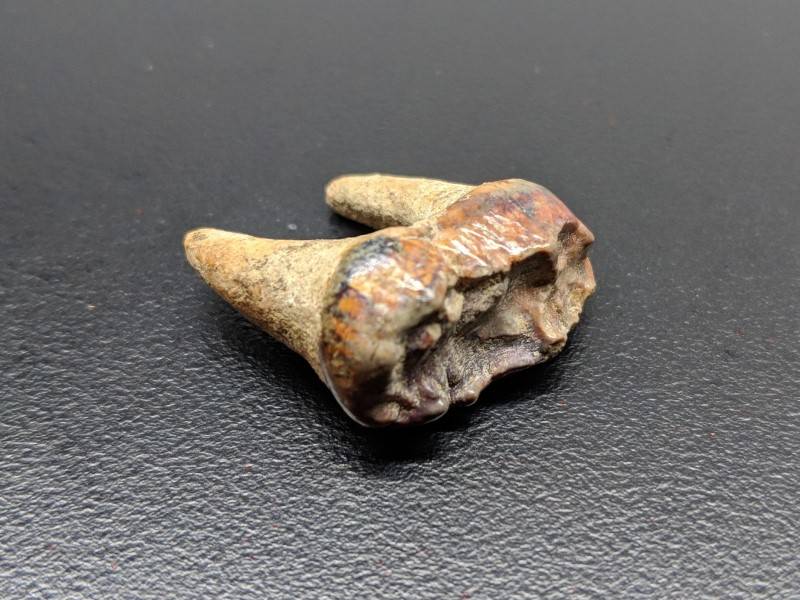
Can We Age Fossilized Teeth?
Matson’s Laboratory is unable to age fossilized teeth. The decalcification process used to prepare typical teeth dissolves minerals in the teeth, leaving behind a collagenous substance which contains the annuli that are analyzed to determine ages. Most teeth that have remained in the soil for long periods of time, such as fossilized teeth, will have their collagen replaced by minerals. Consequently, decalcification would remove the mineral material, essentially dissolving the entire tooth since it has no collagen to leave behind. Therefore, techniques that involve methods other than decalcification are more suitable for fossilized teeth. Remarkable exceptions may be made for teeth that have been preserved by freezing in arctic regions.

Does Region Of Harvest Impact Aging?
Widespread wildlife species, such as white-tailed deer and black bears, can be aged across their ranges. However, within the northern hemisphere, northern populations are generally easier to age than southern populations. Animals from southern regions tend to have less distinct cementum annuli than their northern counterparts. Resource availability and climate conditions are more uniform across seasons in southern regions which likely contributes to the indistinction. Similarly, teeth from humans (Matson’s Laboratory does not have expertise in aging human teeth) and domestic animals display irregular cementum patterns most likely because they do not experience seasonal changes in resource availability to the same extent as most wild mammals. However, further scientific research is needed to support these claims.
